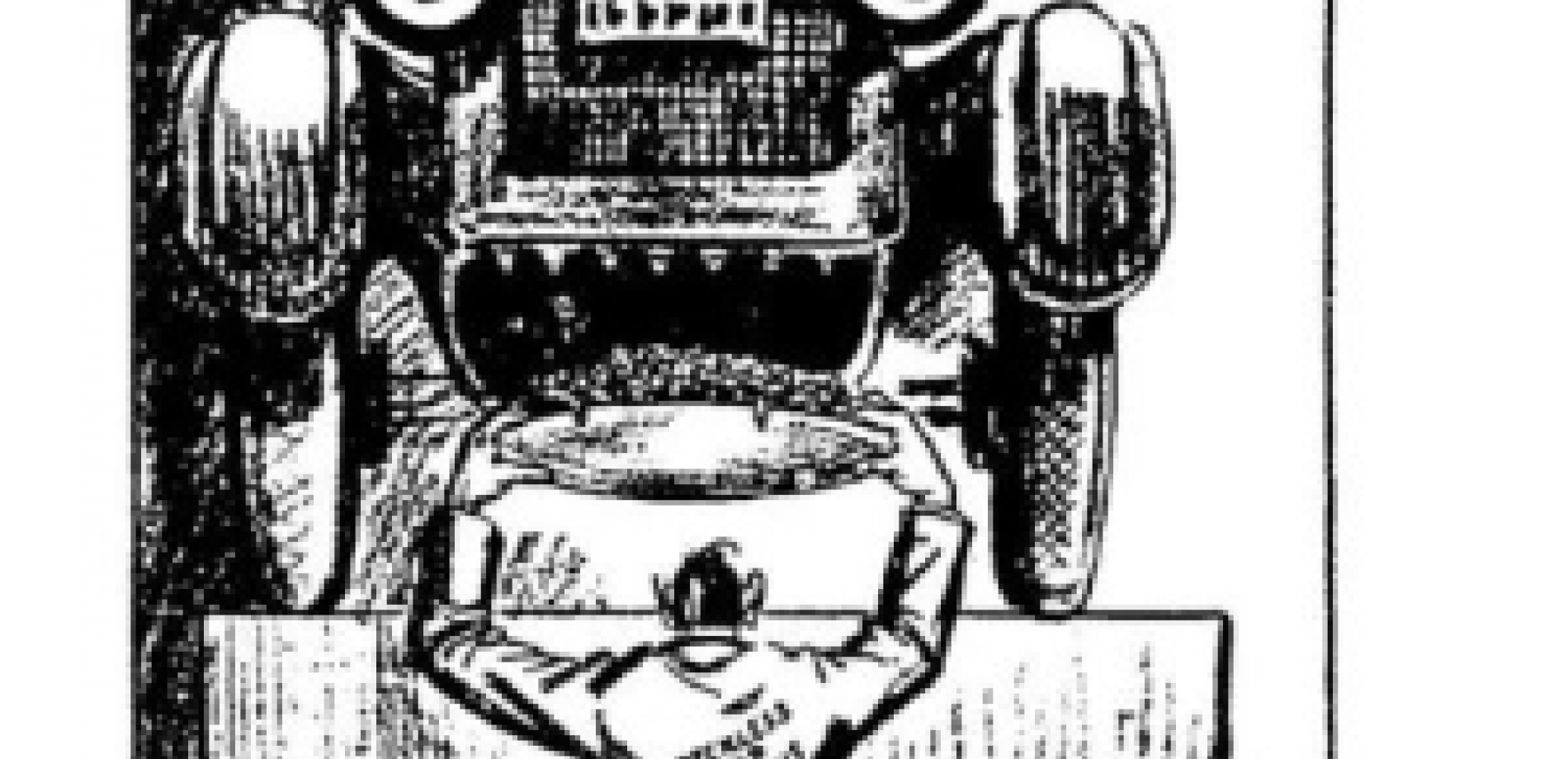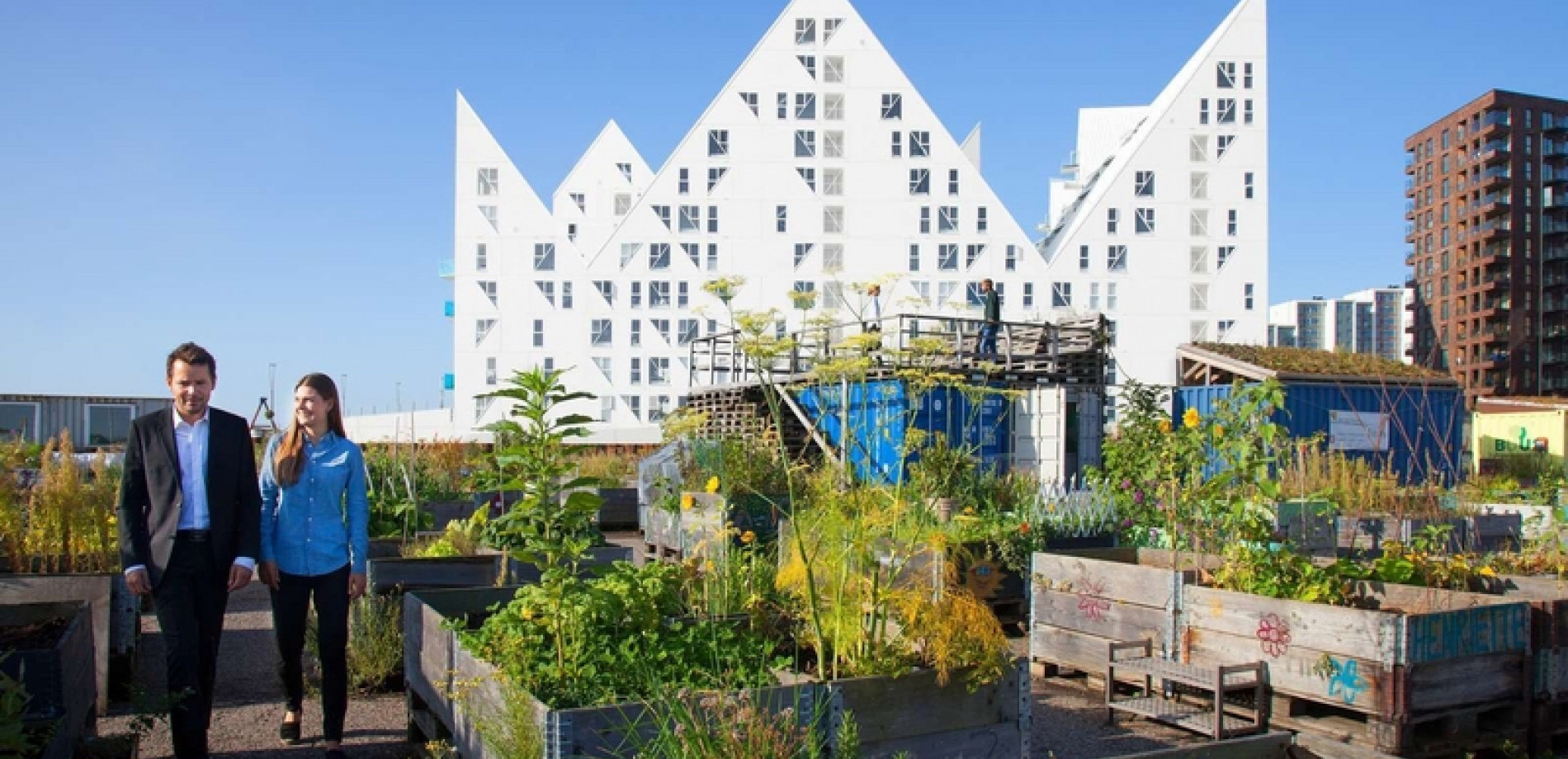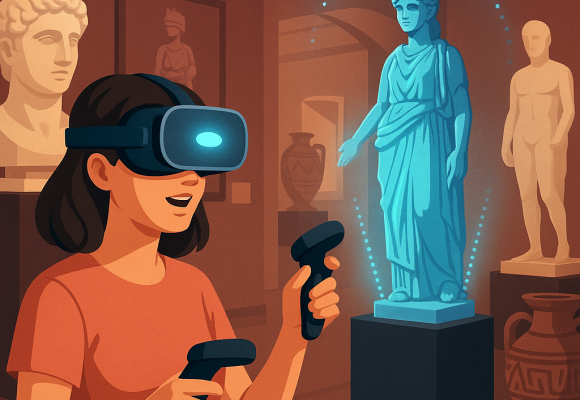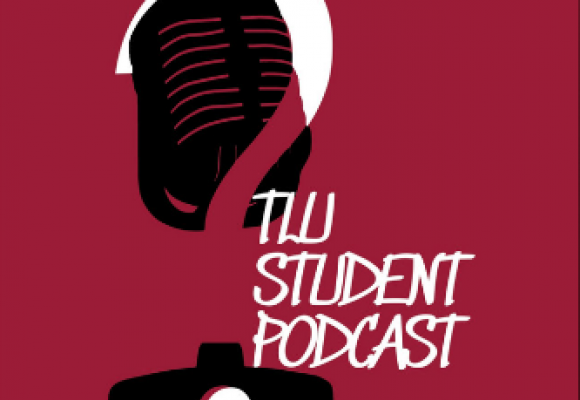Utopian Visions of Estonia’s Media
The aim of the project
This transformative research project is part of a PhD. This is a study of the role of visions and stories in a transition to more compassionate and sustainable cities. As action research, its aim is to bring about tangible change on the ground. It seeks to spark a vigorous public conversation about what cities can and should be.
How do we know which way to go if we don’t know where we are going?
If we want a better future, should we not first figure out what that future should look like? This project is about creating inspiring visions of the future that we can all get excited about.
The urbanist, Henri Lefebvre wrote of a future city turned upside down. What would Tallinn look like if power was inverted? What if those who now have the least influence could shape Tallinn’s future? How different would the city look like if needs and interests were prioritised… instead of the 1%? How does Estonia’s media represent the visions of the most and least privileged? This is a project all about using visioning to help us transition to a better future — a more just one. We need to galvanise the political will for change. This project may be one small way to help do that.
Project members
Project materials
- Portfolio
- Action plan






